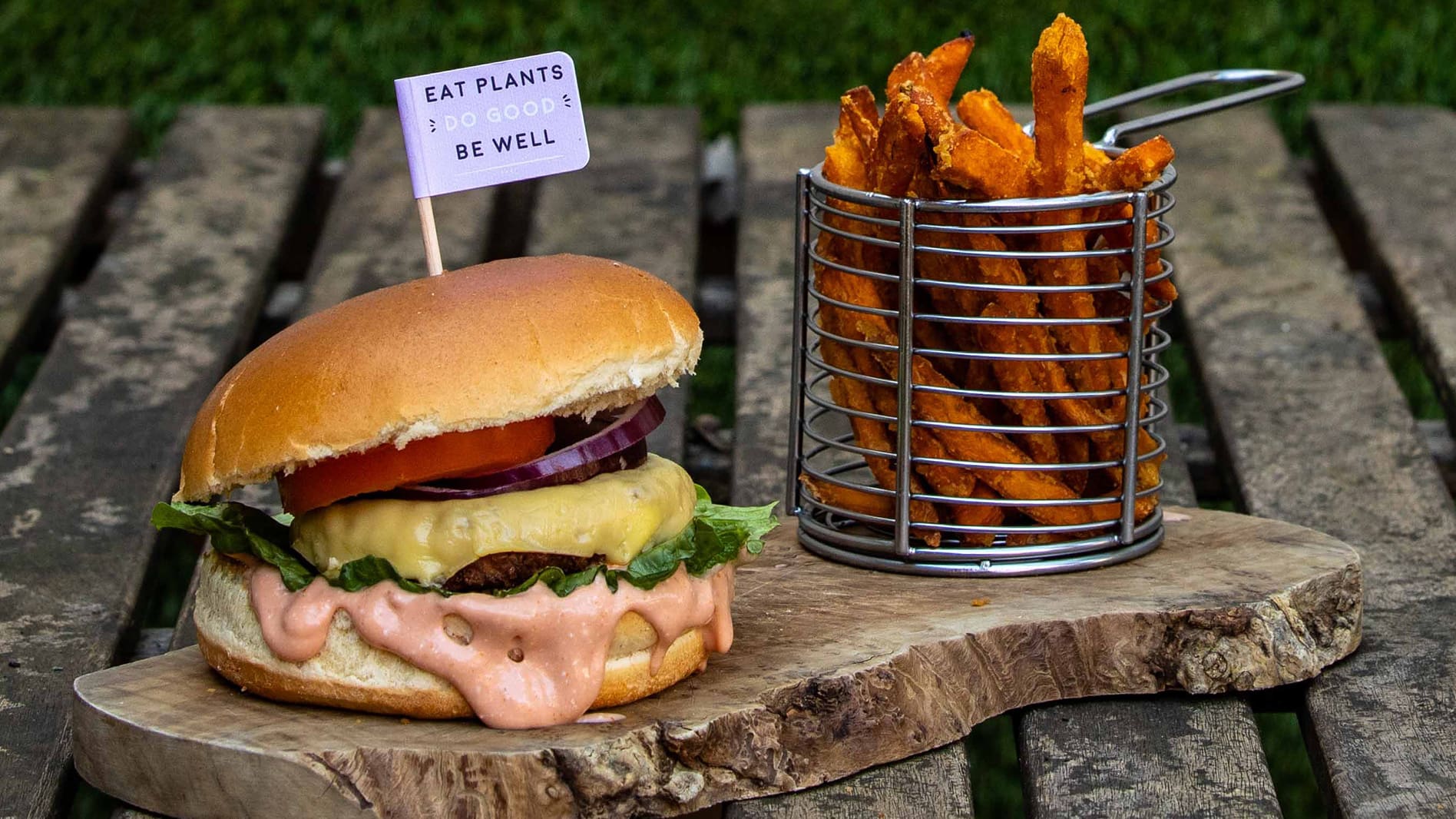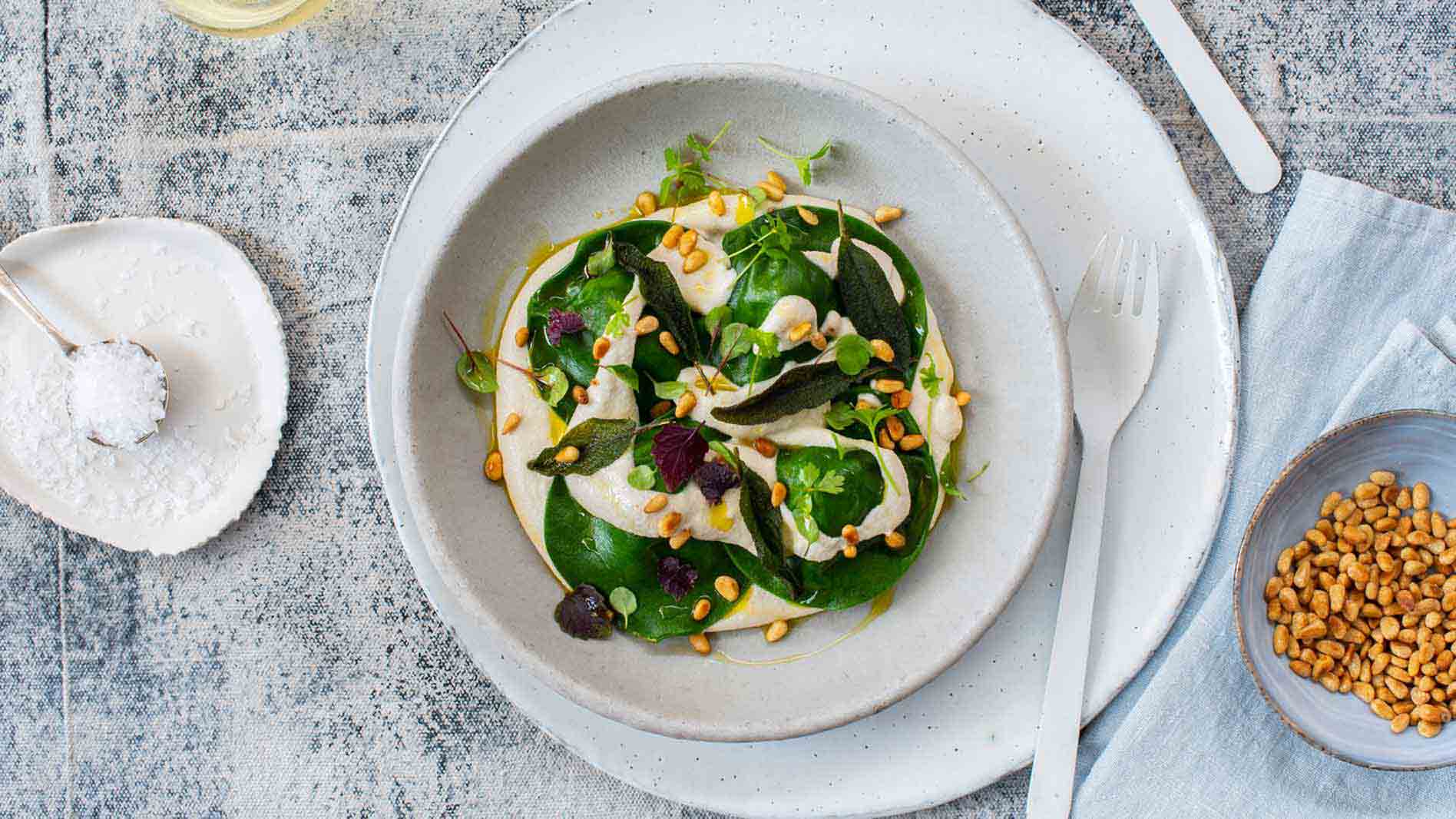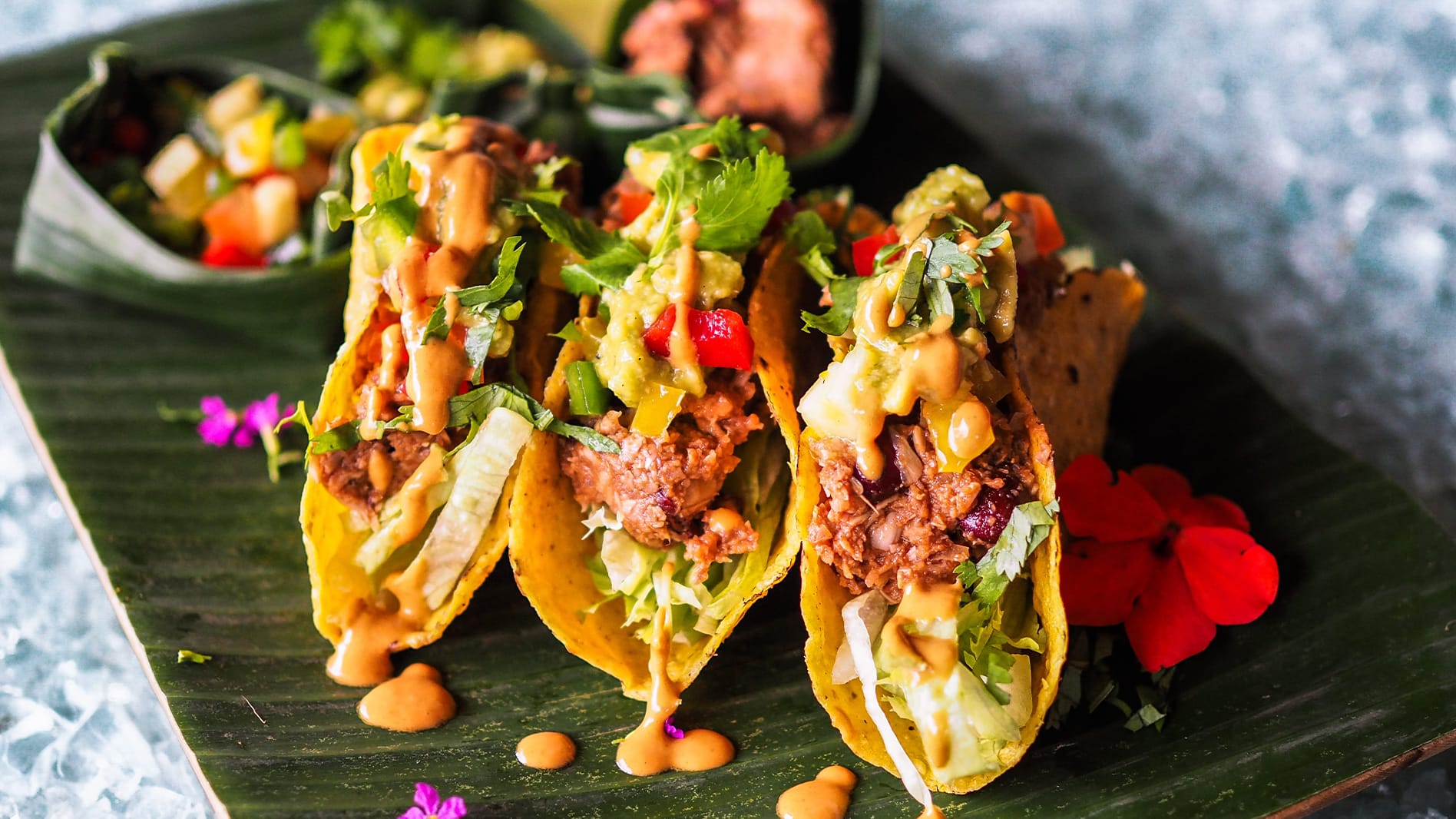Be inspired with recipes created by chefs.
Sign up for updates about products, special offers, news and promotional materials from Goodman Fielder.

Summary
You’d be living under a rock if you haven’t heard the term plant-based. But what exactly is it and why are your customers going crazy over it?
Plant-based diets are built around whole grains, legumes, vegetables and fruits. In basic terms, plant-based refers to the products that don’t contain any animal products – so, no dairy in milk, no animal meat in sausages and steaks, and so on.
Looking back 20 years, plant-based wasn’t on the radar for Australians. In fact, an average of three searches a month were made on Google. Fast forward to 2022 and plant-based has become a way of life.
According to Google Trends, the plant-based term is at its peak popularity, with hundreds of searches a month being performed by Australians. But the rise in interest in plant-based and flexitarian lifestyles shouldn’t come as a surprise, with over 2.5 million Australians (as of 2018) following a plant-based diet according to Roy Morgan. Not to mention, large chain grocery stores throughout the country including Coles, Woolworths and IGA are adding more and more vegan and vegetarian options to their shelves year on year.
The rising growth of the plant-based market in Australia:
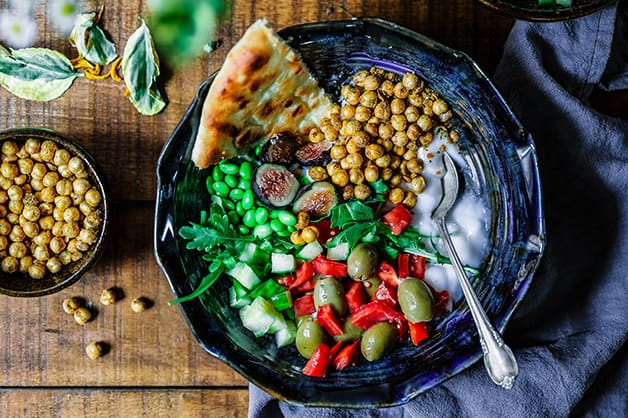
Along with the rise in individuals following plant-based diets, so too is the amount spent on these diet-specified products. By 2030, Australians are expected to spend between $1.4 billion and $4.6 billion a year on plant-based meat, according to Deloitte. So, with a figure as big a that, it’s no wonder why businesses are beginning to jump on board the trend.
Now with the use of technology, businesses like Plantry have been able to create plant-based products that look, feel and taste like the real thing. From nuggets, burger patties, mayo, buns, bacon, milk and cheese – everything and anything that contains animal traces has now been transformed to plant-based.
“We’re facing a multi-billion-dollar opportunity for Australia to become a global plant-protein powerhouse,” Food Frontier CEO, Thomas King told Business Insider. “It comes off the back of a wave of new plant-based meat products, enabled by advances in food science and culinary creativity, that aim to mimic the sensory experience of eating conventional meat with fewer environmental impacts.”
So, what is driving the plant-based movement?
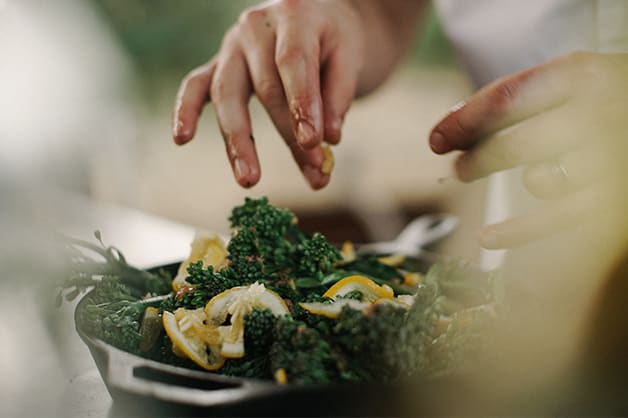
The growing popularity of plant-based diets has been driven by an increase in social consciousness around animal welfare, the environment and human health considerations. “[In Australia], there’s a bit of resistance [towards plant-based] but there is a changing of the guard in terms of millennials and younger people coming into [hospitality] and that is driving it as well,” Sydney-based chef David Lee told Goodman Fielder Food Service.
“The younger people are really interested in environmental issues, animal welfare issues and [they’re] coming into restaurants and into kitchens driving this change, which I think is great,” the renowned Plant Based Chef continued. “It’s a real social media presence [world], which we haven’t had before.”
Who of your colleagues are jumping on board?
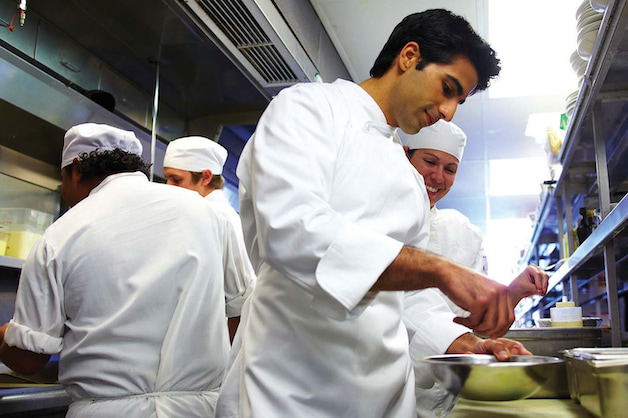
Chefs preparing food in the kitchen
Image supplied by Chef Works
With Australia sitting as the third largest growing vegan market in the world, it’s no shock to see both big and small venues beginning to execute plant-based goods on their menu. Dominos launched a beef pizza featuring plant-based beef, as well as Hawaiian, ham and cheese, supreme and pepperoni pizzas – all with plant-based meats and cheeses.
Fellow big player Hungry Jack’s made headlines with their Rebel Whopper, which uses a plant-based patty. Teamed up with newly launched company v2food, the 0% beef patty is flame grilled to “give it a smokey BBQ flavour just like the famous whopper”.
Mexican chain Mad Mex released their Poco Diablo spicy vegan chicken burrito, that’s created with vegan chicken made from soy protein, sunflower oil, spices and salt. The chain has claimed “it has the same great taste and texture as our regular chicken, expect it’s vegan, dairy and gluten free”.
So, while chains like Hungry Jack’s and Mad Mex begin to add plant-based meals on their menus, venues that are solely dedicated to the movement are also making waves. Lord Of The Fries, who are based across Australia and New Zealand offer their customers nothing but plant-based foods.
“The menu has expanded; it includes veggie burgers, onion rings, vegetarian nuggets and vegetarian hot dogs,” their website states. “The Lord is vegan, kosher and halal; she is inclusive as can be and loves everyone”.
How you can take hold of the plant-based movement:
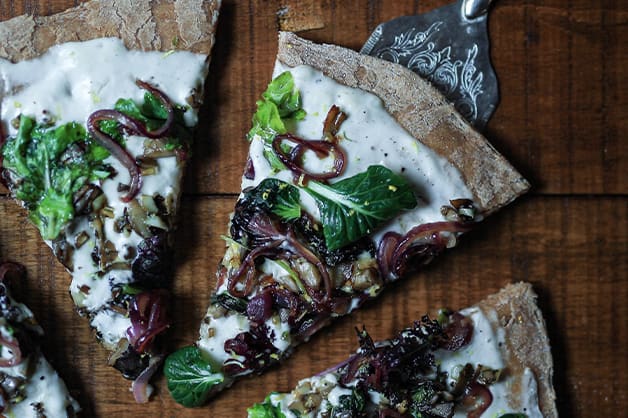
In 2019, we saw the need to create healthier, fresher menu options as customers switched their eating mentality. And with more turning towards plant-based, the conception of wanting these alternatives without compromising taste still exists.
Plant-based consumers want the flavour and texture profile of meat without the consumption of animal goods. But there’s so much more than boiling vegetables and adding them onto the menu when it comes to offering plant-based meals.
“Traditionally chefs would sit down and pick their protein straight away and then they would write their vegetable garnishes around that meat based protein,” Chef David explained. “These days, think outside the box and lose the protein… change the way you think about setting up and try new ideas.”
When it comes to research, the well-known Plant Based Chef advised colleagues to look abroad. “Always look to industry leaders and overseas restaurants,” Chef David said. “Also look for cuisines that are naturally vegetable orientated. A lot of the cuisines throughout Pakistani, India, Sir Lanka and even the Mediterranean are very vegetable focused.”
But despite creative ideas, concepts and products becoming more accessible, chefs are still finding themselves turning to animal products come menu creation time. And according to Chef David, it’s because chefs are refusing to change the way they think about food.
“You need to readjust everything, the way you think about food, the way you cook it, everything,” he said. Chef David also explained that chefs need to stop thinking plant-based meals result in loss of profits for their business and begin to realise they can “charge the same amount of money for a product that is going to cost a lot less”.
“Meat based proteins are very expensive now and protein, particularly beef and sheep, are only going to get more and more expensive as time goes on,” he detailed. “Prices go up and there are cuts of meat that you wouldn’t even put on menus anymore because they are just too expensive,” Chef David added.
Plant-based protein substitutes to consider:
These days, seasonal vegetables no longer exist due to the use of technology and overseas exports. So, working with a vast range of vegetables has never been easier. When it comes to altering menus to feature plant-based offerings, it’s simpler than one may originally think – you just need to educate yourself on plant-based alternatives.
1. Meat, fish and poultry:
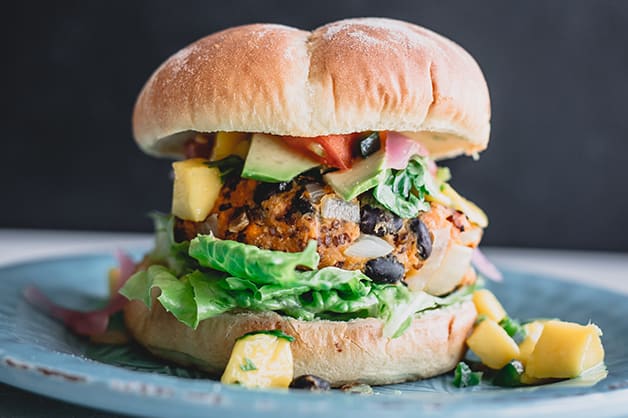
Plant-based meats are becoming increasingly popular and are now easier to source. With the introduction of brands like Plantry, the basics of chicken, burgers, buns and sauces are covered – and really easy to implement.
But if you are wishing to create your own version of plant-base meat alternatives, look no further than legumes, such as beans, peas and lentils as they’re a high fibre protein and can be used as a centre of the plate in replacement of meat. Tempeh, which is made from fermented soybeans, is also increasing in popularity due to its meaty texture as is cauliflower, working perfectly as meat replacements for curries, chilis and stir fries.
Then you have tofu, which is made from soybeans and easily absorbs flavour, making it one of the most common meat replacements. But for a replacement for grilled meats and burgers, Portobello mushrooms are making their mark thanks to their savoury flavour.
2. Eggs:
Eggs are used in nearly all recipes these days, so finding a replacement that offers the same components can be difficult. When it comes to making omelettes, chickpea flour can be used, whereas for recipes that need egg whites like mousse or meringue, aquafaba is the perfect choice. Though for binding, rolled oats, cooked oatmeal, breadcrumbs, potato flakes, nut butters and tomato paste should always be your go-to.
Moreover, some sauces and dips that use eggs as main ingredient already have vegan variants. One is Plantry’s Vegan Mayo which has a creamy texture with a classic Australian taste. It’s free from eggs, dairy and gluten, has no artificial colours or flavours, and proudly Australian-made. In addition Plantry also has a Vegan Aioli, which has a garlicky taste without any eggs, gluten or dairy as well.
3. Butter, shortening, fats and oils:
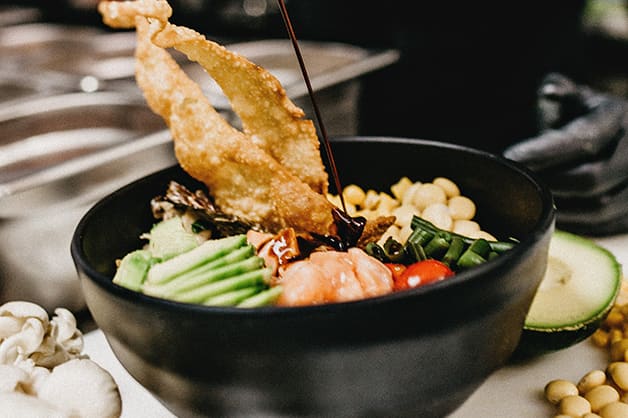
To ensure crispness, flavoursome cooking, the use of butter, shortening, fats or oils are usually always recommended. So, when it comes to needing to find a plant-based alternative, there are a number of different products available.
When it comes to sautéing or frying, the use of rice bran oils, sunola oils, cottonseed oils, vegetable oils, stocks and water is recommended. Vinegar and vegetable broth can also be used to ensure rich flavours are created. For salad dressings, keep it simple with the use of vinegars, soy sauce or lemon juice. And for the sweeter end of the menu – desserts, date paste or unsweetened apple sauce can be used, as well as pureed pumpkin and bananas.
Explore Goodman Fielder Food Service’s range of premium bulk vegetable oil and vegetable shortening.
4. Milk:
The options for plant-based milk are endless. In fact, dairy-free milk has become one of the most accessible products for consumers, with venues of all sizes now stocking at least two options for customers. From soy milk (similar taste and consistency to dairy milk), coconut milk (thick texture, exotic aftertaste) and almond milk (creamy texture and nutty flavour), each brings a different flavour and texture to goods. Most recently, rice milk (thin texture and neutral taste), cashew milk (matches the creaminess of milk) and pea milk (neutral taste with high dose of protein) have been popping up on menus to cater to the plant-based movement.
For plant-based recipe inspiration, check out Chef Adam’s recipes here.
Goodman Fielder Food Service is one of Australia’s leading suppliers of a variety plant-based wholesale products for restaurants, cafes and other hospitality venues. Discover the range today.
Related Ideas
Creamy Vegan Mushroom Fettuccine
This simple recipe uses an almond-based cream to create a delicious, vegan-friendly fettuccine that everyone will love. Serve with crisp, golden garlic bread for a moreish menu favourite.
Vegan Spinach Ravioli With Roast Pumpkin
Using our White Wings Plain Flour, Chef Adam creates a delicious spinach ravioli dish with a creamy cashew sauce - making it a perfect vegan menu addition.
The Vegan Recipes You Need On Your Menu
As demand for vegan options continues to rise, we've identified where you can turn for some menu inspiration.
